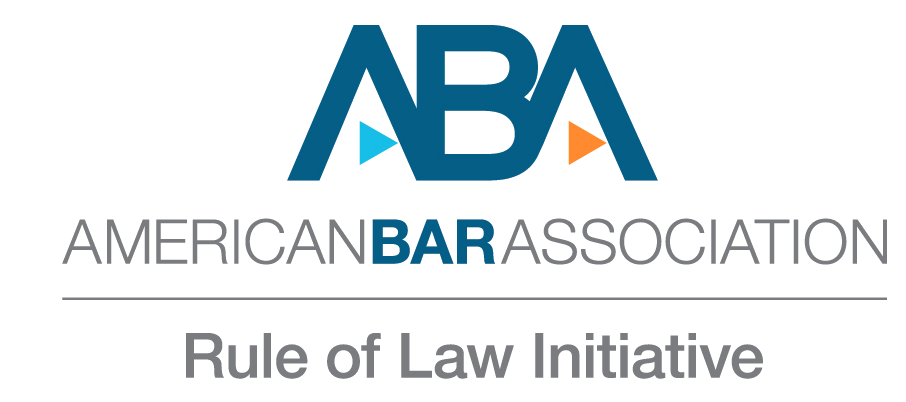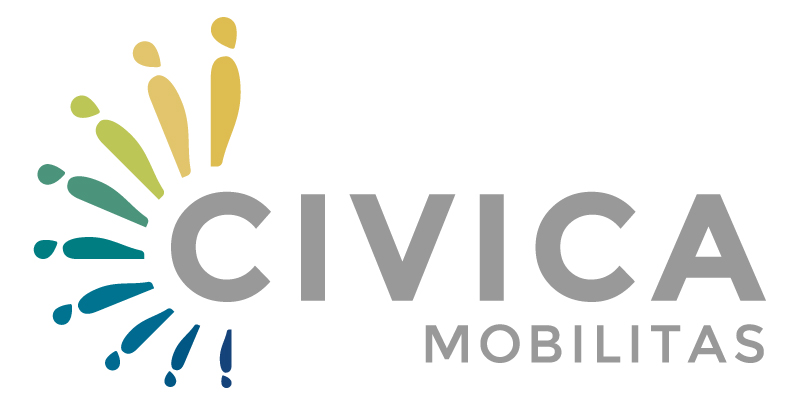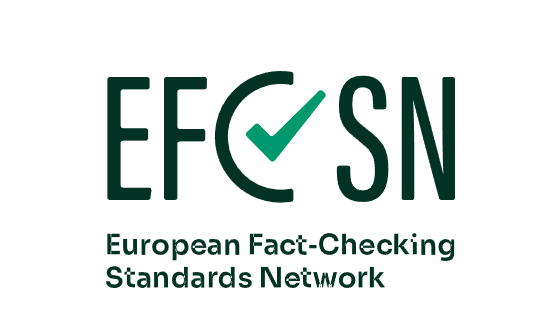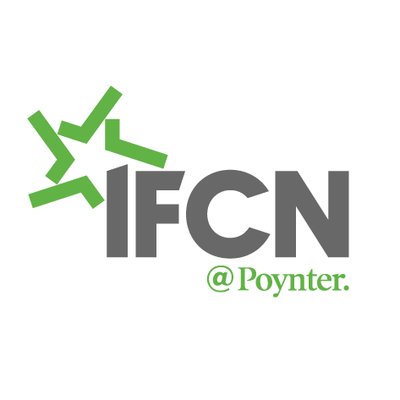- The full version of the preliminary analysis of individual candidates’ websites for the 2009 elections is available in PDF format.
Due to the importance of the application of information and communication technologies (ICT) in the work of the central and local authorities and from an aspect of facilitating the life and work of the citizens, and due to the major role of information society development for the process of euro-integration, the Metamorphosis Foundation conducted a research and analysis of the presidential candidates’ websites and the websites of the mayoral candidates at the local elections (first round scheduled for March 22, 2009).
The research consists of two phases, first – preliminary and second – final, which will be published after the elections. The results from the second phase will include updates of the websites’ analyses, results from a survey of the candidates conducted by e-mail, an analysis of the social networks (Facebook) usage and a comparison of the internet activity with the actual voting results.
The analysis encompassed websites of individual candidates run by themselves, their election headquarters or political parties. The following criteria were applied in establishing their authenticity:
- A link to the website is posted on the official website of the political party or the website of the candidate is promoted through printed election materials, or included in print or electronic media advertisements.
- For the websites that did not fulfill these criteria, we verified whether the domain in MARNet has been registered by an appropriate legal entity, i.e. whether the identity of the website owner can be determined. A certain number of blogs which were claiming to be candidate blogs were not taken into consideration since they failed to meet these criteria; and in order to prevent abuse when it is impossible to establish the exact identity of their creators over the internet.
As for the mayor candidates, the number of websites is on a very low level (7%), but there is small progress compared to the previous local elections in 2005, when only 4% of the candidates had their own websites, and compared to the elections in 2000 when websites for promotion and communication with the voters were not at all used.
|
Year
|
2005
|
2009
|
||||
|
|
Total number |
Candidates with websites |
Percent 2005 |
Total number |
Candidates with websites |
Percent 2009 |
|
Candidates |
379 |
10 |
4% |
365 |
24 |
7% |
|
Electoral Units |
85 |
8 |
9% |
85 |
17 |
20% |
Table 1: Comparison of the number of candidates and the number of candidate websites
Citizens have the opportunity to vote for at least one candidate with a website only in 17 out of 85 polling stations (84 municipalities and the City of Skopje), i.e. 20%, which is an increase of 9% compared to the previous local elections. In the polling stations of Ohrid, Saraj, Strumica, most of the candidates (50%) used the opportunity to be presented on the internet.
| Municipality |
No. of candidates |
No. of websites |
Candidates with websites |
|
Saraj |
4 |
2 |
50% |
|
Strumica |
2 |
1 |
50% |
|
Karpos |
5 |
2 |
40% |
|
Ohrid |
6 |
3 |
50% |
|
Kochani |
3 |
1 |
33% |
|
Resen |
3 |
1 |
33% |
|
Tetovo |
6 |
2 |
33% |
|
Shtip |
3 |
1 |
33% |
|
City of Skopje |
11 |
3 |
27% |
|
Chair |
8 |
2 |
25% |
|
Gjorche Petrov |
5 |
1 |
20% |
|
Struga |
5 |
1 |
20% |
|
Gostivar |
6 |
1 |
17% |
|
Debar |
6 |
1 |
17% |
|
Kavadarci |
6 |
1 |
17% |
|
Centar |
6 |
1 |
17% |
|
Aerodrom |
7 |
1 |
14% |
Table 2: Percent of candidates with their own websites in the municipalities. We did not include municipalities for which we did not establish the presence of official candidate websites meeting the research criteria.
A majority of the candidates who have their own websites are not interested in communicating with their voters in more than one language, and there is also lack of interest for the quality of the website’s text since no professional editor/proofreader is engaged. Only a few of them are working on overcoming the omissions of the standard support for writing non-english languages.
In most of the cases, the candidates are using only part of the opportunities provided by ICT for two-way communication with the citizens . Most of the candidates are not using a public counter on their websites, preventing the opportunity to transparently assess the influence of their sites on the audience.
Same as in 2005, we applied the methods of the world renowned expert in the area of website usability, Jacob Nielsen (www.useit.com) for measuring the usability of these websites. For each of the websites, we have provided the percent of fulfillment of the negative and positive items from the lists of the ten biggest mistakes and the ten most important recommendations.
The sort order of the candidates in the tables is provided according to the time when we found out about their websites. The analysis includes only the active websites for which the team of Metamorphosis had information before closing this report (March 20, 2009).
The full version of the preliminary analysis of the websites of individual candidates for the elections in 2009 is available in PDF
Share:



























